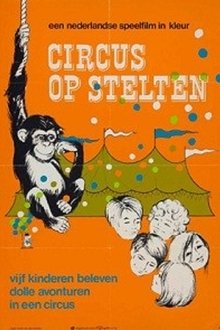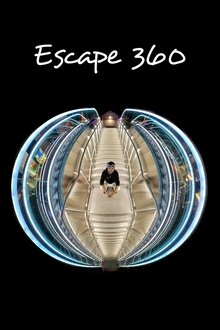Alegría is a mood, a state of mind. The themes of the show, whose name means "jubilation" in Spanish, are many. Power and the handing down of power over time, the evolution from ancient monarchies to modern democracies, old age, youth - it is against this backdrop that the characters of Alegría play out their lives. Kings' fools, minstrels, beggars, old aristocrats and children make up its universe, along with the clowns, who alone are able to resist the passing of time and the social transformations that accompany it.
Related Movies
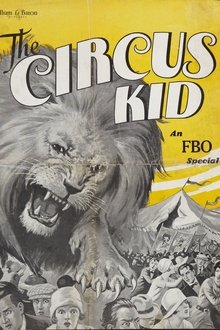
The Circus Kid (1928)
In 'The Circus Kid', Buddy, an orphan who runs away from a a harsh orphanage, joins Cadwallader's Circus.
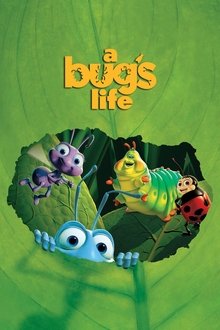
A Bug's Life (1998)
On behalf of "oppressed bugs everywhere," an inventive ant named Flik hires a troupe of warrior bugs to defend his bustling colony from a horde of freeloading grasshoppers led by the evil-minded Hopper.
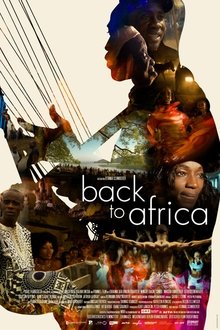
Back To Africa (2008)
An Austrian director followed five successful African music and dance artists with his camera and followed their lives for a year. The artists, from villages in Ghana, Gambia and Congo, were the subjects of Africa! Africa! touring across Europe, but they have unbreakable roots to their homeland and their families. Schmiderer lovingly portrays his heroes, who tell their stories about themselves, their art and what it means to them to be African with captivating honesty. The interviews are interwoven with dance scenes and colourful vignettes set to authentic music.
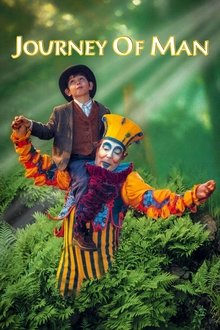
Cirque du Soleil: Journey of Man (2000)
A child is born. We see underwater swimmers representing this. He is young, in a jungle setting, with two fanciful "instincts" guiding him as swooping bird-like acrobats initially menace, then delight. As an adolescent, he enters a desert, where a man spins a large cube of metal tubing. He leaves his instinct-guides behind, and enters a garden where two statues dance in a pond. As he watches their sensual acrobatics of love, he becomes a man. He is offered wealth (represented by a golden hat) by a devil figure. In a richly decorated room, a scruffy troupe of a dozen acrobats and a little girl reawaken the old man's youthful nature and love.
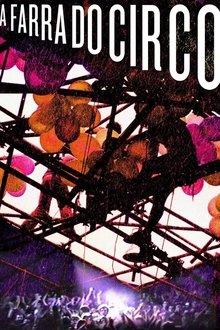
A Farra do Circo (2013)
This documentary highlights the evolution of Brazil's Circo Voador venue from homespun artists' performance space to national cultural institution.
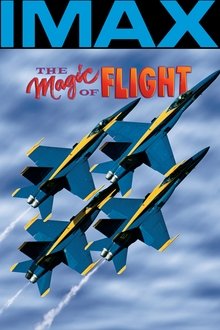
The Magic of Flight (1996)
Take a technological thrill ride The Magic of Flight takes you on a technological thrill ride faster, higher and wider than modern science or even your imagination! Relive the first flight of the Wright Brothers, then soar with the Blue Angels as they defy the laws of gravity. Narrated by Tom Selleck.
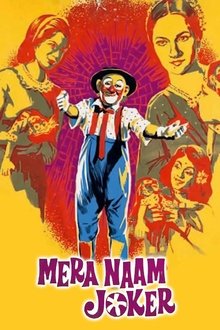
Mera Naam Joker (1970)
Raju faces many hurdles and disappointments in matters of the heart throughout his life. But as a clown in a circus, he tries to make his audience laugh at the cost of his own sorrows. Along the way, Raju loves and loses, but must always keep a smile on his face because, in the words of his circus manager, "The show must go on."
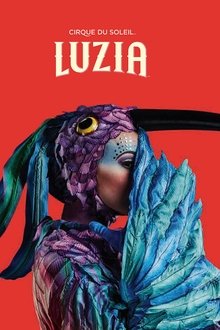
Cirque du Soleil: Luzia (2016)
LUZIA takes you to an imaginary Mexico, like in a waking dream, where light (“luz” in Spanish) quenches the spirit and rain (“lluvia”) soothes the soul. With a surrealistic series of grand visual surprises and breathtaking acrobatic performances, LUZIA cleverly brings to the stage multiple places, faces and sounds of Mexico taken from both tradition and modernity.
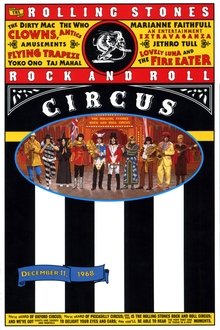
The Rolling Stones Rock and Roll Circus (1996)
A 1968 event put together by The Rolling Stones. The film is comprised of two concerts on a circus stage and included such acts as The Who, Taj Mahal, Marianne Faithfull, and Jethro Tull. John Lennon and his fiancee Yoko Ono performed as part of a supergroup called The Dirty Mac, along with Eric Clapton, Mitch Mitchell, and Keith Richards.
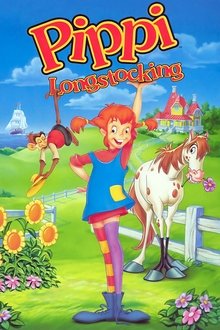
Pippi Longstocking (1997)
Pippi Longstocking is an extraordinary little girl who lives alone in her house, while her father sails the seven seas. Pippi's irrepressibly fun nature makes her easy to befriend, as neighbors Tommy and Annika find, but can also earn ire, especially from social worker Mrs. Prysselius.
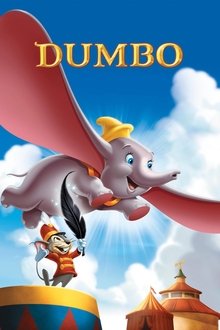
Dumbo (1941)
Dumbo is a baby elephant born with over-sized ears and a supreme lack of confidence. But thanks to his even more diminutive buddy Timothy the Mouse, the pint-sized pachyderm learns to surmount all obstacles.
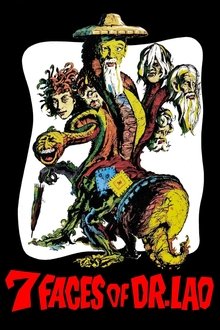
7 Faces of Dr. Lao (1964)
An old Chinese man rides into the town of Abalone, Arizona and changes it forever, as the citizens see themselves reflected in the mirror of Lao's mysterious circus of mythical beasts.

Cirque du Soleil: Saltimbanco (1997)
From the Italian 'saltare in banco' – which literally means 'to jump on a bench' – Saltimbanco explores the urban experience in all its myriad forms. Between whirlwind and lull, prowess and poetry, it takes spectators on an allegorical and acrobatic journey into the heart and soul of the modern city.
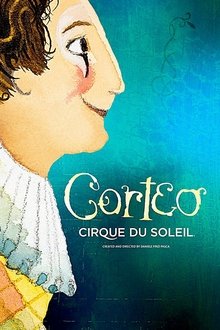
Cirque du Soleil: Corteo (2006)
Corteo, which means "cortege" in Italian, is a joyous procession, a festive parade imagined by a clown. The show brings together the passion of the actor with the grace and power of the acrobat to plunge the audience into a theatrical world of fun, comedy and spontaneity situated in a mysterious space between heaven and earth.
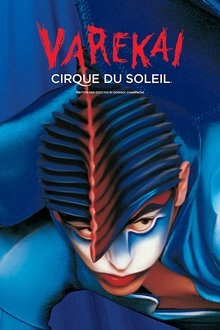
Cirque du Soleil: Varekai (2003)
Icarus is the main character of Varekai, who falls to the ground, breaking his legs as he does. He is suddenly in a strange, new world full of creatures he has never seen before. Parachuted into the shadows of a magical forest, a kaleidoscopic world populated by fantastical creatures, this young man sets off on an adventure both absurd and extraordinary.
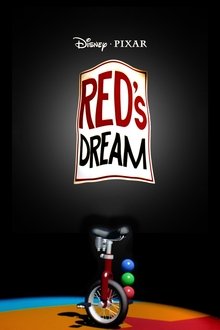
Red's Dream (1987)
Life as the sole sale item in the clearance corner of Eben's Bikes can get lonely. So Red, a unicycle, dreams up a clown owner and his own juggling act that steals the show. But all too soon, the applause turns into the sound of rainfall, as reality rushes back. Red must resign himself to sitting in the corner and await his fate.
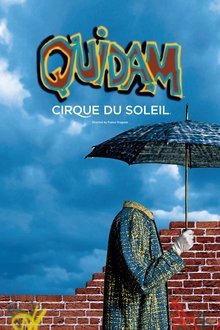
Cirque du Soleil: Quidam (1999)
A young girl has already seen everything there is to see and her world has lost all meaning. Her anger shatters her world and she finds herself in the universe of QUIDAM, where she is joined by a playful companion, as well as another mysterious character who attempts to seduce her with the marvelous, the unsettling and the terrifying.
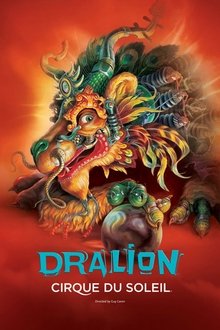
Cirque du Soleil: Dralion (2001)
The Chinese consider the lion a symbol of good luck, so it's a half-dragon, half-lion – a dralion – that is the symbol of the East-meets-West fusion of this performance in which 36 Chinese acrobats join the renowned Canadian troupe. Celebrating the four elements as represented in four colours – blue (air), green (water), red (fire) and ochre (earth) – Dralion combines ancient Chinese circus traditions with Cirque du Soleil's usual stunning elements: the techno-oriented single ring; the multicoloured lights and costumes; the music that mixes rock, New Age and various world influences (though not Chinese); and the madcap clowns that pull a victim out of the audience.
